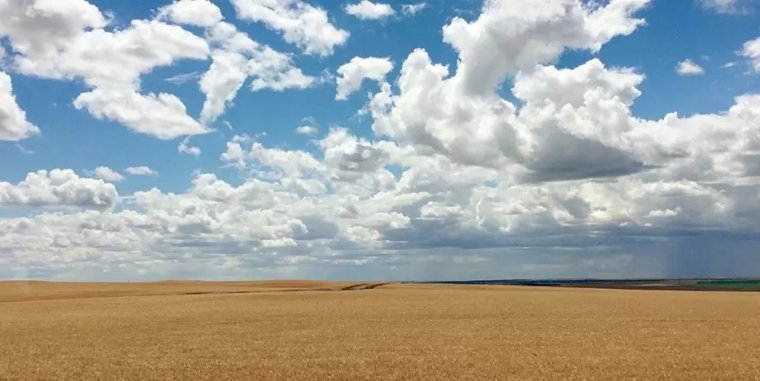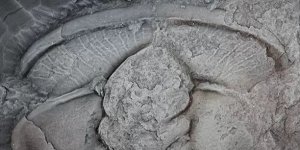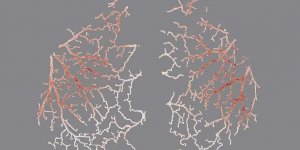| News / Science News |
Cloudy with a chance of climate predictions
Whether they're fluffy, bright or ominous, clouds are key to regulating Earth's energy and water cycles. Two sets of U.S. National Science Foundation-supported researchers recently published findings to help scientists better understand what's happening inside clouds and more accurately predict future climate scenarios.

Scenery along U.S. Route 2 in rural Montana. Photo: Rob Margetta/NSF
The first paper shows that droplets vary considerably in size throughout low-level stratocumulus clouds, affecting how and when rain falls. "Representing clouds in climate models is challenging because of the scale involved — individual droplet interactions at micrometer scales spanning hundreds of kilometers," said Nithin Allwayin, a graduate student at Michigan Technological University.
Allwayin and his colleagues found that droplets in clouds have a lot in common with big cities. Just as a city has a Chinatown or Little Italy, where people with a similar background often congregate, so does a cloud have sections where similarly sized cloud droplets (under 50 microns, or a fraction of a hair's width) collect.
The new findings reveals the importance of accounting for small-scale processes in clouds and, ultimately, climate models.
The second paper demonstrates how aerosols have an even larger impact on climate than previously thought. Water vapor condenses around aerosols to form cloud droplets.
More aerosols mean more cloud droplets, which can make droplets smaller and clouds thicker, reflecting more sunlight and thus cooling the planet.
Researchers found that clouds are connected to the Earth's surface through a "tunnel" of warm air, which pushes aerosols up, creating denser clouds with a strong cooling effect.
When the tunnel is closed, aerosols can be unpredictable and make it harder to model climate projections.
"It's like checking whether the clouds are "plugged in" to what's happening on the ground or if they're kind of floating independently," said Tianning Su, a former postdoctoral associate working with Zhanqing Li at the University of Maryland. (National Science Foundation)
YOU MAY ALSO LIKE





